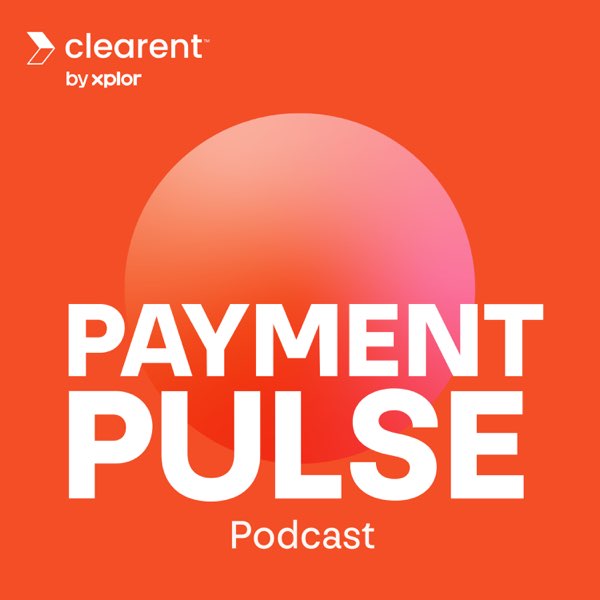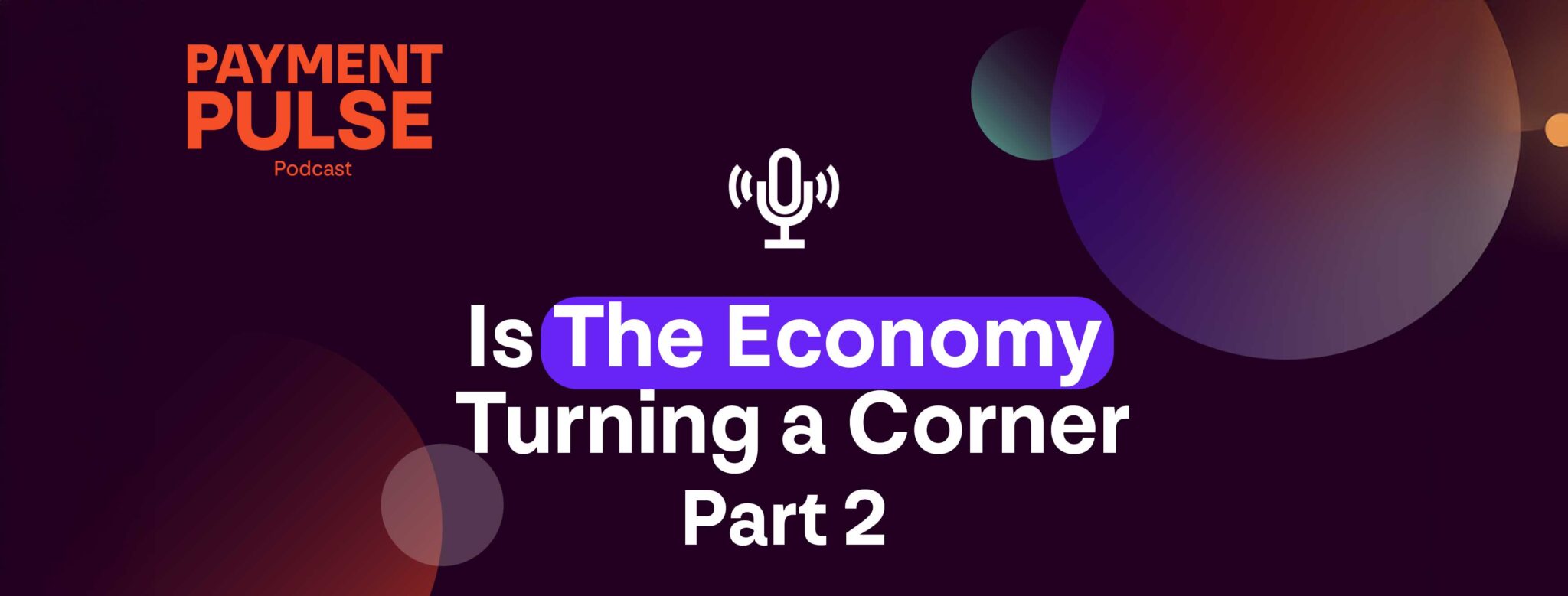
Is the Economy Turning a Corner? Part 2
Payment Pulse: The Power of Social Proof: Learn how influencer endorsements, online reviews, and peer behavior shape our buying habits.
Status Spending and Luxury Psychology: Understand why consumers use high-end payment methods to signal prestige and how brands capitalize on the “Keeping up with the Joneses” mentality.
FOMO and Impulse Purchases: Explore the role of limited-time offers and BNPL services in reducing purchase friction and triggering rapid spending.
Digital Trends on Social Media: See how platforms like Instagram, TikTok, and YouTube are revolutionizing product discovery and checkout experiences.
Cultural Influences on Spending: Discover how global payment preferences vary and why adapting to local norms is key for businesses expanding into new markets.
Also Listen On:
Episode Transcript
Steve: Payment Pulse, a podcast by Clearent by Xplor, a leading full-service payments provider. Welcome back to Payment Pulse, a podcast by Clearent by Xplor. This is the second part of our small business update from last week, where we’re diving into a lot of the data points and numbers and navigating the economic trends and tariffs that are leading to some uncertainty in the small business landscape. We’re going to dive in here in second with Max. This was all recorded in one session, so we’re just going to jump right in. We appreciate you listening. Enjoy the rest of the episode.
It’s definitely a lot of information. I’d have one follow-up question before we move on and get the full scope of data for May. What are some of the things that we can start to think about?
Max: Yeah, so there are a few. We have weekly jobless claims, which show how many people are reporting joblessness each week. It isn’t usually taken too seriously by most analysts, although it is a really important proxy for current labor market conditions. That’s something I look at a lot as a normal exercise.
The other is volume. What’s cool about working in a payment processor like Xplor is that we understand that one of the key drivers of the economy is how much people are spending from a volume perspective. Visa and Mastercard release publicly, sometimes weekly, sometimes bi-weekly, the volumes that are being spent across major industry groups. I would be looking at how often there is a meaningful change in the volume spent on discretionary retail versus essential goods. Some of this we leave to the experts to dig into the details, and I absolutely do not recommend anyone try to interpret it alone without a third opinion. Certainly don’t just ask ChatGPT and take it at face value. Those are a couple of data points I’d be looking for until we get the full scope of data in May at the end of June.
Steve: Yeah, I appreciate that. Would you say it’s fair to say we’re still in the midst of a lot of market adjustments? What’s the timeline? Is there anything we can predict? Is it going to take another few weeks or months to fully understand tariff policy?
Max: It seems we’re at a stage with some early leading indicators, like retail sales or non-farm payrolls, that hint at certain trends in the economy. But we don’t have definitive lagging indicators, like GDP changes or interest rate shifts, that would confirm whether we’re hitting a recessionary point. We only have leading indicators suggesting the path. So, by no means do I want to be the one crying that we are going into a recession. It’s too early to tell. The coin is up in the air and we just have to wait and see at this point.
Steve: Okay. So no definitive movement yet. Do you think small businesses feel the same way? You as an analyst might look at the data and say it’s fine, but a small business owner may not feel the same without a definitive answer.
Max: Believe me, I do not want to speak for small businesses, but there are some data points we can reference about how they feel. In our last episode, we quoted some data from the National Federation of Independent Business Owners. They have a small business optimism index, which declined significantly last month. In April, it dropped 1.6 points from around 97.4 to 95.8, a dramatic drop from January, when the Trump administration took office. There was a spike in optimism after the election because small business owners expected an administration that would lower taxes, reduce regulation, and create better conditions for small businesses. Since January, we’ve only seen a drop, likely related to labor market conditions and rising costs.
Of those surveyed, 34% of small business owners reported job openings they could not fill, down slightly from March but still high. Only 15% of surveyed business owners expect the economy to improve in the next three months. That’s 15 out of 100, pretty striking. The net percent expecting higher real sales volumes slipped another 1%, indicating flat or declining revenues.
So from this survey, small business owners do not feel super confident. They face hurdles including labor, tariffs, and increased costs like insurance and regulatory fees. This is a softer data point, but it speaks to what’s happening on Main Street, which can be more telling than just Wall Street numbers.
Steve: Those numbers are brutal; not much confidence coming from small businesses. If you were to summarize the macro and operational headwinds, what would they be?
Max: The first is input costs and inflation. Even though inflation headlines may suggest cooling, small firms still face higher commodity and shipping prices, whether due to tariffs or packaging costs. This erodes margins. PPI data shows wholesale services are falling, but goods inputs remain elevated. Input costs will continue to strain small businesses.
The second is labor. Labor shortages are significant, especially for small businesses. Many graduates entering the workforce may seek larger corporations with higher pay and job security, making it tough for small businesses to retain talent. Job opening data shows quit rates remain high, and many small or midsize firms struggle to retain workers, particularly in construction or hospitality. The NFIB data shows 85% of hiring firms report fewer qualified applicants.
The third is credit. Financing is tighter, and cash flow is always a challenge as costs rise. The Small Business Association has increased loan caps, but banks remain cautious about lending to small businesses. This restricts access to capital, constraining cash flow, payroll, and purchasing.
So the main headwinds are input costs, labor shortages, and tighter credit.
Steve: I appreciate that summary. The purpose of these episodes is to highlight these issues and help small businesses navigate them. What should small businesses consider given these developments?
Max: If I were in their shoes, I’d ask myself a few questions:
- Is my labor as efficient as possible and can I retain talent?
- Have I tightened cost management systems? Can I negotiate better supply contracts or lock in lower input prices? Have I audited every line in the P&L and cash flow statements?
- Do I have a cash flow risk buffer, enough to weather erratic demand and tariff-driven price swings?
- Am I monitoring policy and interest rate developments effectively? For example, in California, minimum wage hikes are coming July 1. Are you ready for that? If you have a fixed-rate loan, could you refinance later in the year to take advantage of lower rates?
These are practical steps any small business can consider.
Steve: Those were great points. It’s a lot to take in. There are many details and full transparency – I’m not a small business owner either, so some of this goes over my head. That’s why we have Max, to highlight these trends and give actionable insights. We started this podcast to parallel back to the payment space, but the economy impacts everything. We aim to help businesses be as efficient and resilient as possible.
Please drop comments if you’re watching on YouTube, Spotify, or social media. Reach out on LinkedIn. We want to hear your thoughts and be a payments partner to support your business journey. Max, always great to have you on to highlight this topic on a monthly basis. We’ll see what next month brings and what the final May numbers look like. This was a great breakdown and we appreciate your time. This was Payment Pulse. Thank you for listening and we’ll see you next week.
Article by Xplor Pay
First published: June 20 2025
Last updated: October 14 2025

